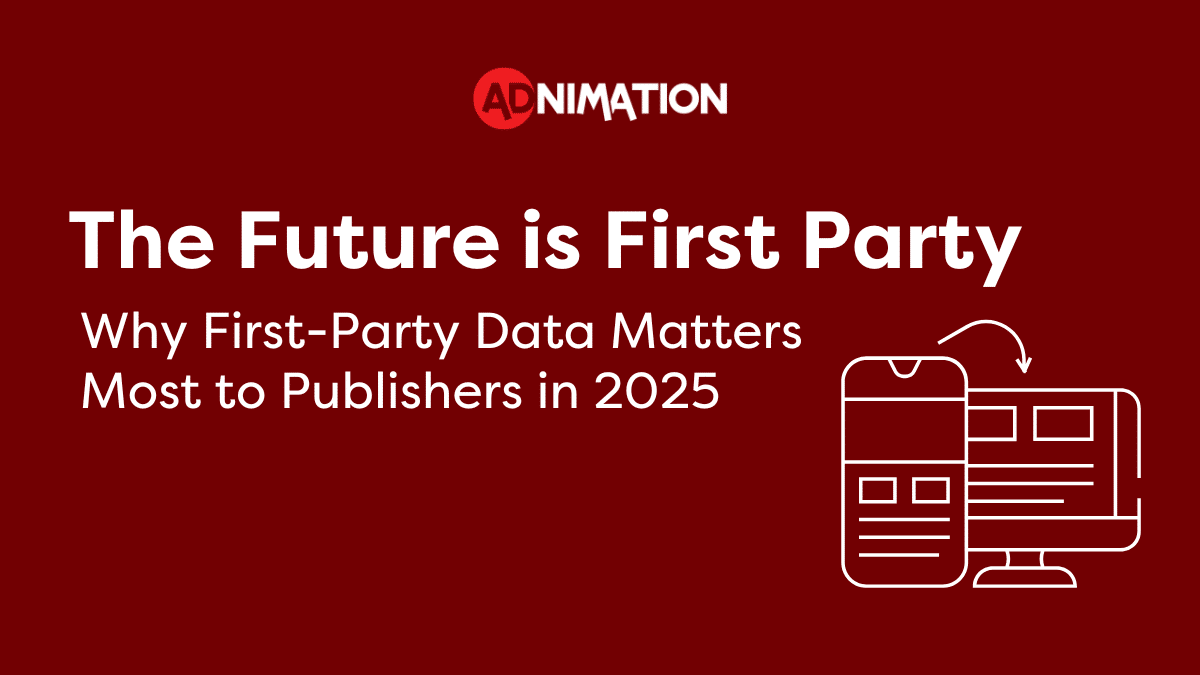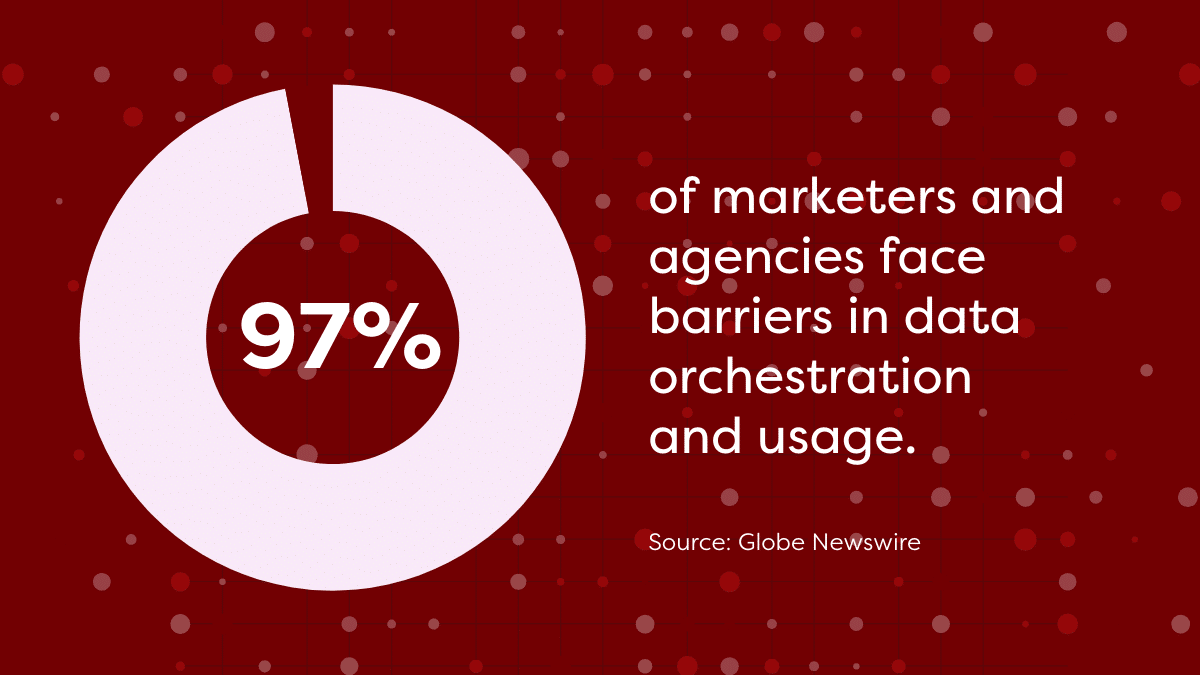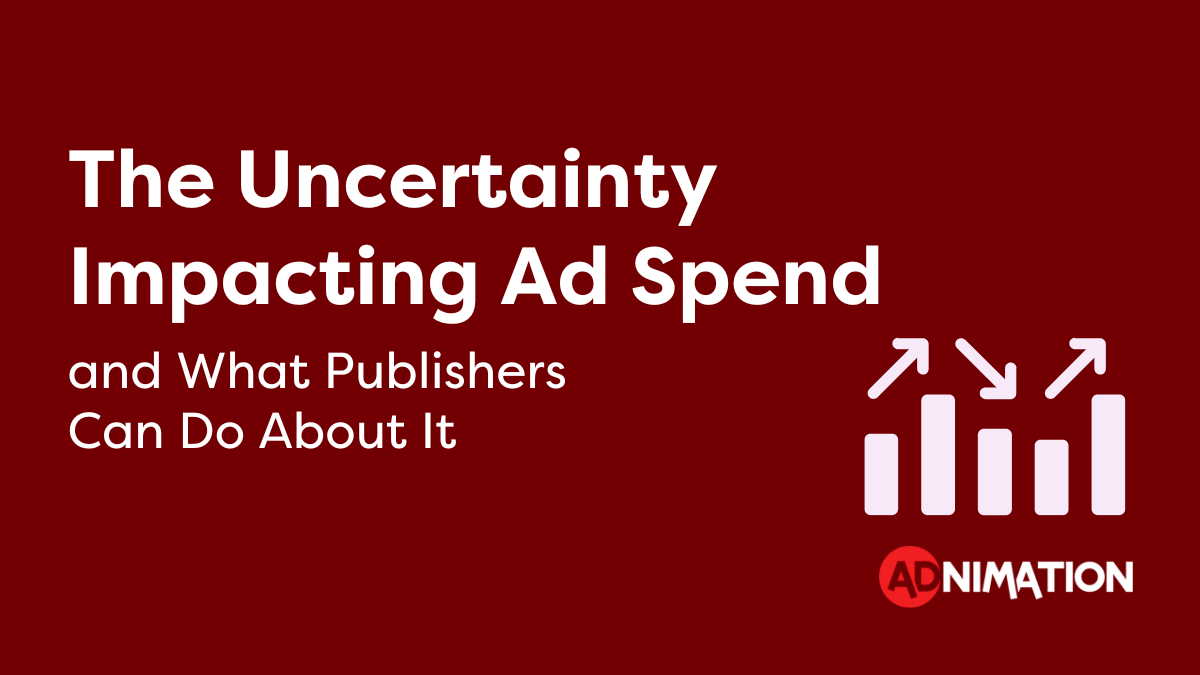The digital advertising landscape is shifting beneath our feet. Privacy regulations are tightening, third-party cookies are slowly eroding, and publishers are facing mounting pressure to keep up and stay relevant. While the decline of cookies has been a very confusing back-and-forth game, the reality is clear: the age of relying on third-party data is coming to an end, and those who fail to adapt risk being left behind in a competitive and increasingly privacy-first world.
By 2025, the future belongs to publishers who take ownership of their data, prioritize privacy, and use insights to deliver value to both their audience and advertisers. Here’s why first-party data is the lifeline every publisher needs – and how to use it effectively.
Why First-Party Data Matters Most in 2025
First-party data – information collected directly from your audience, such as email addresses, purchase history, and behavioral insights – gives publishers unparalleled control and insight into their audience to build consumer evangelism. Unlike third-party cookies, first-party data is privacy-compliant and delivers significant value in creating personalized user experiences.
Key Reasons First-Party Data is Crucial:
- Privacy-Driven Advertising: As regulations like GDPR and CCPA reshape the landscape, first-party data ensures compliance while enabling effective targeting.
- Audience Loyalty: Direct relationships with consumers through personalized content foster trust, increasing engagement and retention.
- Revenue Growth: Advertisers are shifting their budgets toward data-rich environments. Publishers with robust first-party data are well-positioned to attract higher ad spend.
How Publishers Can Build and Use First-Party Data Effectively
Collecting first-party data is only half the battle. Leveraging it effectively is where publishers can differentiate themselves and unlock growth. Here are a few ways to best take advantage of first-party data:
1. Collect Intentional Data
First-party data relies on trust and transparency. Publishers must clearly communicate why data is being collected and offer users tangible value in exchange for their information.
There are ways to make data collection appealing to the consumers that publishers should consider in their strategies. Offering premium content, exclusive newsletter distribution, or loyalty rewards are just a few ways to incentivize data sharing. Information also doesn’t have to be collected on a run-of-the-mill form fill, either. Polls, surveys, and quizzes are ways to keep consumers engaged and entertained while providing their information.
2. Focus on Audience Segmentation
Raw data is valuable, but segmentation is where it becomes actionable. By grouping audiences based on behavior, demographics, and preferences, publishers can deliver tailored experiences that resonate. Known as account based marketing in the B2B world, segmentation tactics have long been used to specifically tailor content to the needs of the consumer. From offering articles or videos based on past user behavior to customized newsletter content, there are many ways in which publishers can strengthen loyalty through personalization.
3. Diversify Revenue Streams with Data-Driven Insights
First-party data opens the door to new revenue opportunities, allowing publishers to reimagine how they engage with their audience and monetize their platforms. With a deep understanding of your audience’s preferences, behaviors, and needs, you can move beyond traditional ad models and explore innovative revenue streams that not only drive income but also enhance audience loyalty.
A few revenue opportunities to explore include:
- Subscription Services: Offer exclusive, premium content tailored to your most loyal readers. By leveraging first-party insights, you can identify what your audience values most and create subscription packages that feel indispensable.
- Sponsored Campaigns: Partner with advertisers to craft campaigns that directly align with your audience segments. With first-party data, you can offer unmatched targeting precision, making your platform a preferred choice for advertisers.
- E-Commerce Partnerships: Collaborate with brands to promote products that resonate with your audience’s interests, driving affiliate revenue while delivering value to your readers.
Overcoming Challenges in Data Utilization
Despite its advantages, fully utilizing first-party data comes with its own set of challenges. A recent report shows that 97% of marketers and agencies face barriers in data orchestration and usage. Common challenges include fragmented data systems that hinder the creation of a complete audience view, legacy systems that cannot showcase transparent data reporting, or even an overall gap in skillset.
To overcome challenges in utilizing first-party data, publishers should invest in data management platforms (DMPs) to centralize and streamline their data, train teams in privacy compliance and analytics to ensure effective usage, and collaborate with AdTech providers to access advanced tools and optimize ad targeting strategies.
Looking Ahead: The Shift to Performance Marketing
By 2025, the emphasis on performance marketing will dominate advertiser budgets. Channels like retail media and connected TV (CTV), which rely heavily on first-party data, are becoming the cornerstones of this shift.
For publishers, this means that first-party data is bound to have a direct impact on ad revenue. Advertisers will prioritize publishers who can deliver robust audience insights and provide actionable data that can tailor the message better to the consumer, therefore generating more clicks and more conversion.
The Future Is First Party
The digital landscape is at a turning point, and publishers face a stark choice: adapt to a first-party data-driven world or risk falling behind. The erosion of third-party cookies and the rise of privacy regulations may feel daunting, but they also present an unprecedented opportunity. By prioritizing the collection, segmentation, and utilization of first-party data, publishers can secure their place in the future of digital advertising.
This isn’t just about survival; it’s about thriving in a competitive, privacy-first market. To learn more about how you can thrive, reach out to one of Adnimation’s monetization partners for a one-on-one consultation about your specific needs.





